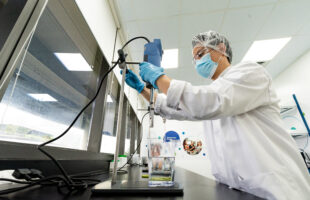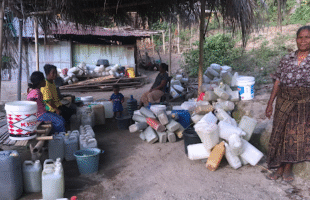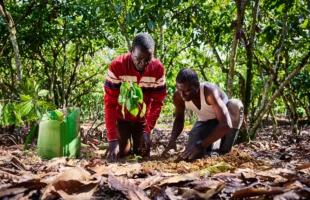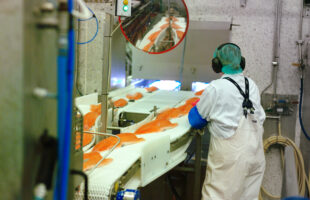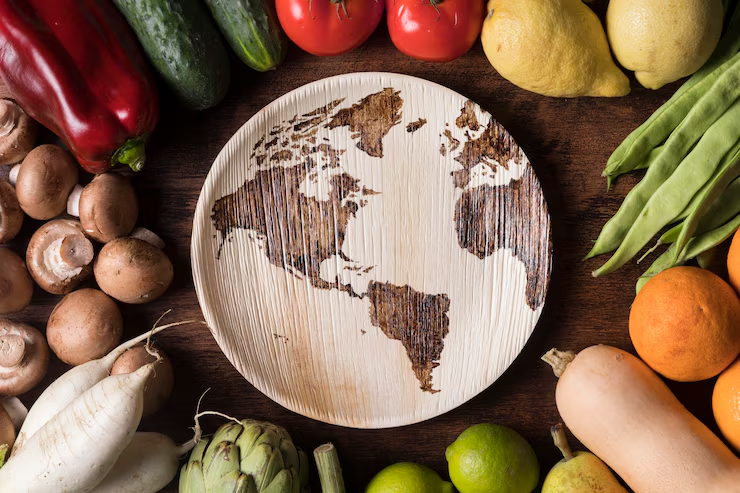
Courtesy of SFA
By Cath Isabedra
For a nation that imports more than 90% of its food, Singapore’s food safety and security strategy is not just about enforcement—it’s about foresight. As global food systems grow increasingly complex and vulnerable, Singapore is reshaping how food safety is governed, regulated, and communicated. At the heart of this shift is the Food Safety and Security Act (FSSA), a consolidated legal framework set to redefine Singapore’s food landscape by 2028.
The Singapore Food Agency (SFA), the country’s lead agency for food-related matters, says its mandate is clear: “To ensure food safety, SFA adopts a science-based risk management approach that is aligned with international standards.” This approach isn’t reactive. It is rooted in anticipation, prevention, and resilience—principles that underpin Singapore’s broader strategy to secure safe and sustainable food access amid mounting climate and supply chain pressures.
Raising the bar: Stricter penalties and preventive controls
The FSSA introduces new penalties—up to S$50,000 for individuals and S$100,000 for corporate entities—that reflect the seriousness of food safety violations. But enforcement is just one part of the equation.
According to the SFA, “FSSA provides a stronger deterrence against non-compliances through higher penalties for repeat offenders, offences involving unsafe food, and offences that are committed knowingly.” More importantly, it shifts the industry’s responsibilities upstream. As the agency explains, “FSSA will also require food businesses to implement upstream preventive measures through Food Control Plans.”
The agency adds that it is supporting this transition through “industry engagement sessions and food safety talks for the public,” and is regularly publishing “Risk at a Glance articles, information on food alerts and recalls, food safety tips” across digital channels.
Safeguarding innovation while regulating risk
Innovation in food technology—particularly in novel foods—is another frontier Singapore is keen to advance without compromising safety. The SFA notes that “Novel foods are food and food ingredients that do not have a history of safe use. SFA requires these products to undergo pre-market approval before they are allowed for sale in Singapore.”
To help businesses navigate these requirements, the agency has adopted “an early engagement approach through pre-submission meetings and virtual clinics for companies to understand the safety requirements.” This measured, consultative approach signals Singapore’s ambition to be a global hub for novel food development, while remaining steadfast in upholding public health standards.
Beyond borders: Diversification and local production as food security pillars
With its heavy dependence on imports, Singapore cannot afford a one-dimensional food safety strategy. The SFA’s efforts to diversify import sources and bolster domestic production speak to a more holistic view of food resiliency.
As the agency states, “Singapore actively strengthens its food security through diversification of import sources. Working closely with industry partners and relevant agencies, SFA facilitates industry connections through overseas sourcing trips and establishes trade collaborations with other countries.”
These initiatives have yielded concrete results—Singapore has expanded its import sources from 140 to 187 countries over two decades. But import diversification is only half the story. The other half is being written at home, through initiatives like the Farm-to-Table Recognition Programme and agri-tech funding.
“To address challenges facing local farms, such as high production costs and strong import competition, SFA has implemented various initiatives,” the agency says. These include the “National Broodstock Centre and the Hatchery Development and Recognition Programme” under the Singapore Aquaculture Plan, as well as enhancements to the “Agri-Food Cluster Transformation Fund.” The agency is also boosting consumer demand for local produce through programs like the “Farm-to-Table Recognition Programme (FTTRP),” which now features over 100 participating food businesses.
Such programs are not only helping local farms survive—they’re positioning them to thrive, even under climate stress.
Climate resilience: Future-proofing the food chain
Climate change is already altering how food is produced, transported, and consumed. Rising temperatures, shifting rainfall patterns, and changing pest populations all present new food safety risks. The SFA acknowledges that climate-induced disruptions are not hypothetical—they are here.
In its “Food for Thought” article, the agency outlines multiple measures to address these risks. These include strengthening pathogen surveillance, reviewing cold chain logistics, enhancing outbreak preparedness, and investing in research to understand how climate variability affects contamination.
“Even food safety practices such as proper storage, cooking and handling may need to be reviewed more frequently, especially as consumers store or prepare food under different ambient conditions due to climate change,” the article notes.
The SFA is also applying predictive tools and big data analytics to monitor and forecast food safety risks in real time—an important step in maintaining public confidence in an era where uncertainty is the only constant.
Science-based, globally aligned standards
Singapore’s food safety policies are underpinned by science and aligned with international norms.
According to the SFA, “This includes imposing regulatory limits for substances present in food, which are developed with reference to the Codex Alimentarius Commission guidelines.” But local realities also play a key role: “Besides international standards, SFA considers regulations in major developed countries and local food consumption patterns, as well as conducts risk assessments to establish the appropriate regulatory limits in Singapore.”
This approach ensures Singapore’s regulatory framework remains relevant and forward-looking while preserving public health.
A shared responsibility, a stronger system
Singapore’s food safety transformation underscores a crucial point: keeping food safe isn’t just about punishing violations. It’s about equipping businesses with the tools to prevent them, engaging the public in everyday best practices, and adapting systems to navigate future shocks.
“Food safety is a joint responsibility.”
As the SFA emphasizes, “To engender food safety as a joint responsibility,” its approach includes public education, industry collaboration, and continuous regulatory refinement. In a time of global uncertainty, Singapore is betting on resilience, science, and shared stewardship—and it’s setting a model the rest of the world would do well to watch.
With insights from the Singapore Food Agency (SFA), the national authority responsible for ensuring a safe and resilient food supply in Singapore through science-based regulation, public engagement, and industry collaboration.
This story first came out in our May/June 2025 issue.


